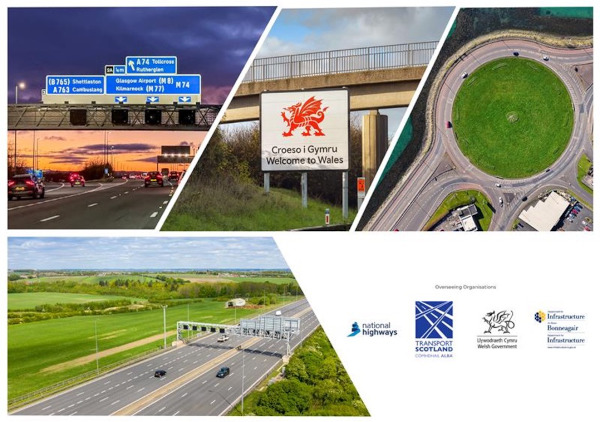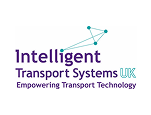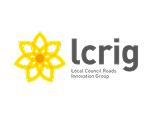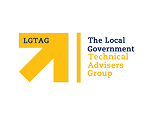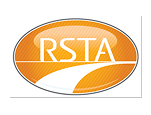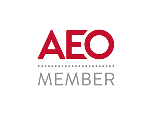The Home Office has published new Submissions Guidance for the Home Office Type Approval process - the regulatory regime for ensuring ITS technology is suitable for enforcement and other uses on UK roads.
Industry insiders have said the changes appear to be 'minor' and as this is updated guidance it doesn't present major changes to the process itself, which has been criticised as overly cumbersome and inefficient.
ITS UK said in a statement that none of the changes are currently mandated but the Home Office 'would encourage undertaking them because of the benefits they bring to the HOTA participants'.
These benefits include adding a sample record to the user manual and adding the model name and model number to the calibration certificate.
The Home Office responded to specific points raised in the information gathering process this summer and gave the following feedback to industry:
- Where possible indicative timescales were added for Home Office and Dstl activities to assist manufacturers.
- The Home Office said it had looked to introduce flexibility into Stage 2 so that exemptions from testing, alternative evidence and proportionate testing can each be considered on a case-by-case basis.
- Where a Stage 3 submission cannot be accepted the Home Office has offered some next steps for the applicant.
- With regards to stock inventory (D3) there was a lack of clarity over whether industry felt a minimum of one year was too little. The guidance requests that the device should have longevity and an adequate reserve of stock should facilitate this. The Home Office asked for further information on this, which could be captured for consideration in the next document iteration.
- D16: The end user documentation/manual (only) is considered to be a public document but the other documentation is not.
- Queries about IP67 are addressed in the published FAQ document.
Max Sugarman, chief executive of Intelligent Transport Systems UK, the industry trade body, told Highways: 'The revised guidance and FAQs from the Home Office is a positive first step in improving the Home Office Type Approval process. In particular, the fact that the industry now has indicative timeframes for applications is valuable in providing a better understanding and clarity around the process.
'We now need to build on this work, looking at the remaining issues around acceptance for small modifications, the dual use of devices and the need for continued engagement and dialogue between Dstl and suppliers, so that there is a greater understanding of how innovative new technology can be approved.'







